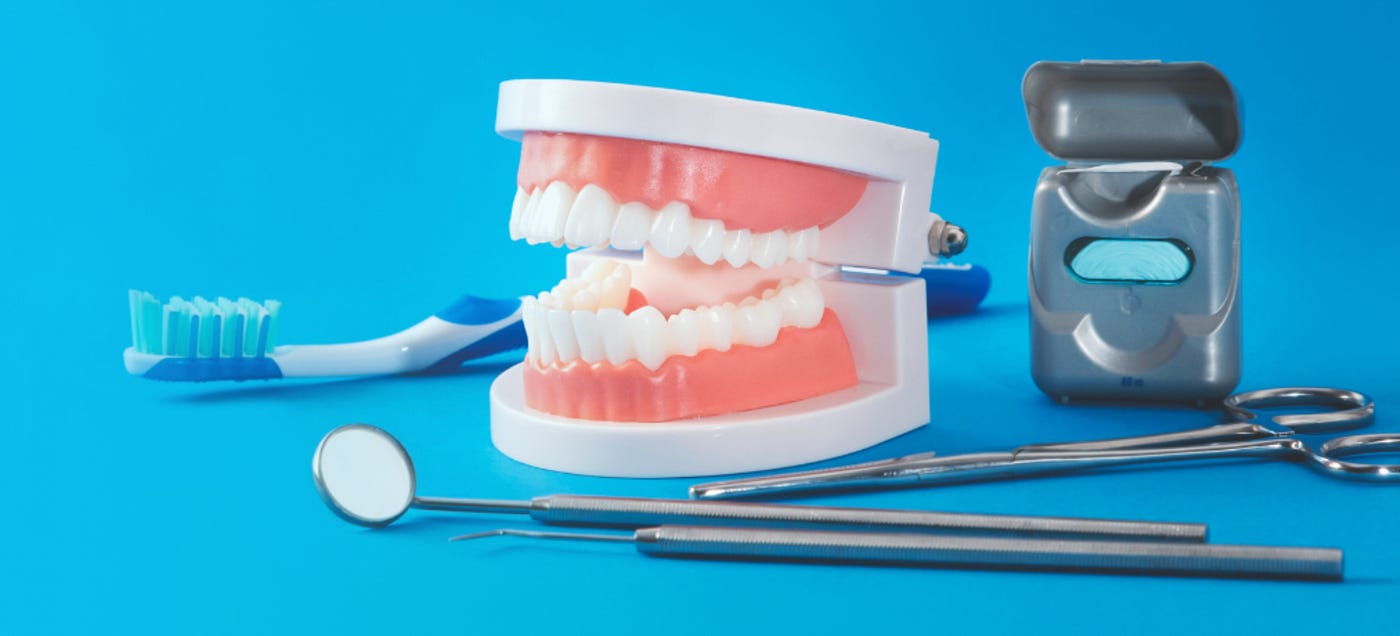Tooth or dental cement filling is a crucial procedure in the field of modern dentistry. Typically, dental cement serves as an adhesive agent responsible for bonding restorations to natural teeth. With the ever-rising importance of dental aesthetics amongst modern consumers, the choice of dental cement filling you make as a dentist can significantly influence the overall outcomes.
Choosing the right type of dental adhesive for different clinical situations will require an in-depth understanding of different properties of different types of dental cements. At the same time, it is also imperative for dentists to understand their respective applications. Let us help you understand the overall process of dental cement filling and clinical applications of dental cement.
Table of Contents
What is Dental Cement?
Dental cement has been used in the field of tooth restoration for several years. It is the agent responsible for imparting restorations their adhesive power. When applied on patients, dental cements can help in improving the restoration while making the smile a success. These compounds offer dentists the ability to deliver long-term care in case of a tooth replacement procedure.
Dental cement is a type of chemical compound with the purpose of bonding two surfaces together. The overall ingredients and chemical structure of dental cement make it unique for use by dentists. Dental cement is particularly made to resist bite pressure produced by jawbones and teeth. The cement serves to be an adhesive material that is highly resistant to decay while being capable of blending with the natural tooth and restoration for ensuring repairs.
What dentists prefer about these types of dental cement is the wide range of variety they get, depending on the particular case. As every patient’s mouth is unique, dentists are expected to be highly flexible in the overall ability to treat different conditions. Therefore, the use of the right material of dental cement is of immense importance to deliver a highly successful treatment. Dental Avenue, the one-stop destination for all your dental needs, brings forth the state-of-the-art range of dental cement variants for optimum use. Some of the leading products in the range are SDI RivaCem GIC Luting Cement, Angelus MTA Bioceramic Cement, and SDI Riva Luting Cement.
Types of Dental Cement
Dental cements can be categorized depending on their clinical application and composition. Depending on design, there are four categories of dental cement, including:
- Zinc Phosphate Cement
- Resin-modified Glass Ionomers
- Glass Ionomer Cement
- Resin Cement
Out of these, Zinc Phosphate Cement came first into existence. It features impressive mechanical properties but does not have aesthetic appeal. Glass ionomer cement delivers great adhesion to the tooth structure. It is known to release fluoride gradually, serving as perfect for pediatric dentistry. Resin-modified glass ionomers deliver the combined benefits of the aesthetics of resin cement and the strength of glass ionomer cement. Resin Cement serves to be one of the most versatile and visually pleasing cement variants. Still, it requires careful handling due to its potential for post-operative sensitivity and high power.
Depending on clinical application, dental cement can be categorized as:
- Luting Cement
- Liner Cement
- Base Cement
The choice will ultimately depend on the desired use in either direct or indirect tooth restorations.
What Factors Affect the Aesthetic Outcome of Dental Cement Filling?
There are several factors that might influence the overall aesthetic outcome of dental restorations using dental cement. Some of these factors are:
- Marginal adaptation
- Transparency or Opacity
- Shade Selection
The shade selection criterion is crucial when dentists wish to achieve a natural-looking tooth restoration that is capable of blending seamlessly with the nearby dentition. Advanced techniques and tools like spectrophotometers, digital shade-matching appliances, and colorimeters are useful in choosing the right shade.
Transparency or Opacity also has a major role in the overall aesthetics. Different types of dental cement can affect the respective clarity of the tooth restoration. At the same time, marginal adaptation implies how well the dental cement and tooth restoration fit against the respective tooth structure at the tooth restoration margins. Poor marginal adaptation in dentistry can result in unsightly gaps and frequent decay, adversely affecting the aesthetic outcome.
Different variants of Relyx Dental Cement reveal varying film thickness and flowability, influencing marginal adaptability, and finally, the aesthetic outcome.
Clinical Applications of Dental Cement
- Dental cements feature multiple clinical applications in the field of restorative dentistry, orthodontics, and prosthodontics.
- In the field of restorative dentistry, 3m dental adhesive is usually used, both in indirect and direct restorations to bond the restoration to the respective tooth structure while improving aesthetics.
- In the field of prosthodontics, dental cement is typically used in bridges or fixed partial dentures along with implant-supported restorations to ensure security of the prosthetic teeth to the implant or abutment teeth.
- Orthodontic cement is usually bonded to the surface of the tooth with the help of resin-based dental cement. At the same time, retainers are attached with the help of glass ionomer cement or resin cement.
- The choice of the right adhesive for different clinical applications will ultimately depend on the varying demands of the treatment and the desired results.
Advancements in the Field of Dental Cement Filling
Latest advancements in the field of dental cement filling have unfolded new cement materials featuring better physical, mechanical, and aesthetic properties. These new materials feature nano-hybrid resin cement, bioactive cement, and self-adhesive resin cement amongst others. You can get access to a wide range of dental cement materials on Dental Avenue.
To top it all, the overall bonding technology has also advanced to a greater extent. In turn, it allows for a better tooth structure and restorative adhesion of the materials. Microchemical retention and chemical adhesion are primary mechanisms useful in bonding, especially in the field of modern dental cement filling.
Conclusion
Dental cement is vital to contemporary aesthetic dentistry. The selection of the right dental cement filling procedure and materials can significantly impact the outcome of the restoration treatment. As a dentist, you should select the right dental cement from Dental Avenue.


